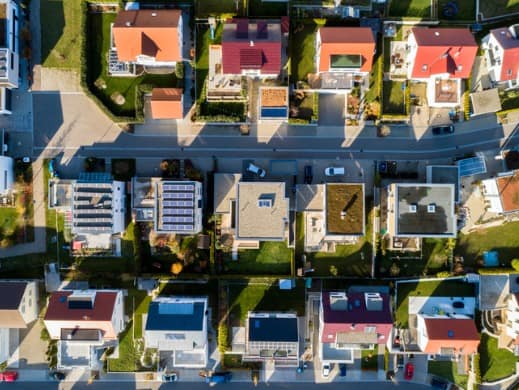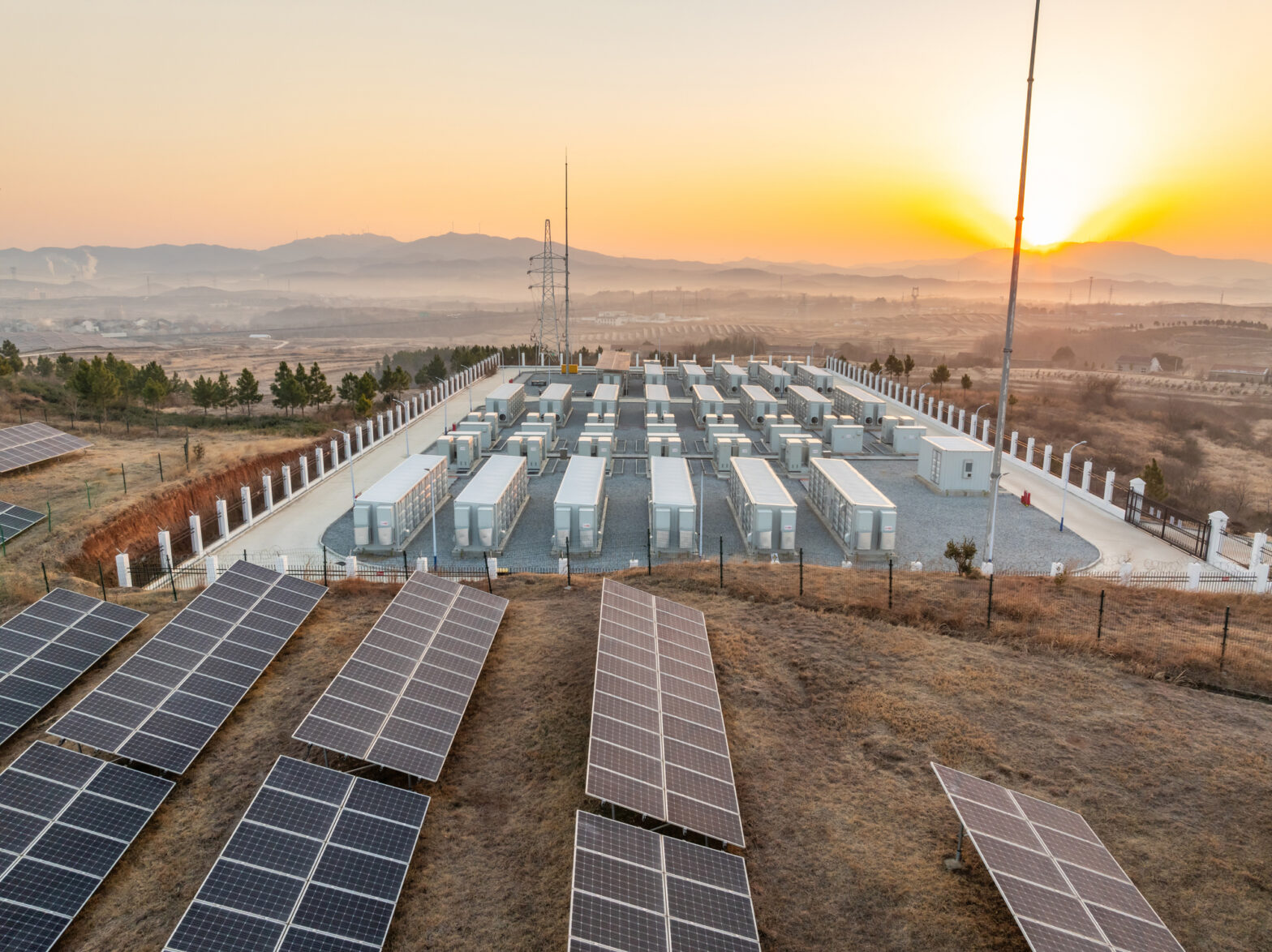Behavioral energy efficiency (BEE) programs have traditionally been effective conduits for generating energy savings, and in turn, bill savings for customers. Yet, while many utilities have ambitious decarbonization targets, most aren’t well positioned to meet them. While energy savings remains important for utilities, BEE can also be an important tool for decarbonization–having a larger impact than simply a reduction in kWh.
The grid is changing, and with more renewable energy and customer-sited DERs coming online, the value of energy efficiency (EE) is increasingly aligned with when and where energy savings occur. While a few states and utilities are leading the way in reforming their EE portfolios such as lifting fuel switching restrictions and combining EE with demand response (DR), many need additional guidance or have limiting policies in place.
ACEEE’s recent report, “A Roadmap for Climate-Forward Efficiency,” outlines nine strategies to align utility energy efficiency and net-zero goals, and provides important new insight into the role that BEE can play within the broader portfolio of utility efficiency and electrification programs.
They include:
Center Equity: Fundamentally, utilities need to ensure that the path to decarbonization doesn’t worsen existing inequalities in communities. Utilities must invest in programs that overcome financial and non-financial barriers to participation for low- and moderate-income customers. And while decarbonization is the key to confronting the climate crisis, the roles of energy efficiency in reducing energy cost burden must not be overlooked.
Home Energy Report (HER) programs, because they are implemented on an opt-out basis and enable broad-based energy savings across all customer demographics, including income levels, are an important component of a comprehensive approach to serving LMI customers.
Set Climate Commitments: Developing tangible emissions reductions targets helps utilities develop plans for the future and think about the most cost-effective ways to get there. Greenhouse gasses (GHG) persist in the atmosphere from decades to centuries, so GHG reduction strategies that create short-term emissions reduction like BEE can deliver immediate climate benefits, and work best when coupled with longer-lived measures such as appliance upgrades and home weatherization.
Update guidelines for resource eligibility and valuation: Expand the definition of eligible EE resources to include more holistic decarbonization options and repeal bans on efficient fuel-switching. Deeper decarbonization strategies can be unlocked through combinations of measures and programs that create additive value, but these combinations may not be rewarded under existing regulatory frameworks.
For example, time-of-use (TOU) rates deliver price signals to encourage customer load shift, while installed measures like smart thermostats deepen customer response through automation while maintaining home comfort. Furthermore, device orchestration can optimize thermostat setpoints in response to TOU periods and peak events. Meanwhile, BEE programs provide ongoing customer education that motivates program enrollment.
However, rules against double counting energy savings often penalize BEE programs that increase customer enrollments in EE programs and services, which may discourage the use of HERs as an effective customer recruitment channel.
Reform utility business models: Embrace time-varying rates (TVR) that both reflect system costs and help shift usage to off-peak hours. Identify opportunities to integrate EE and DR programs with TVR enrollments to maximize customer bill savings. HERs can provide important TOU rates insights for customers while a customer portal can help customers decide which rate is best for their household.
Administer integrated programs: Employ holistic programs that include a combination of EE, demand response, electrification, renewable energy, and storage, aiming to reduce or eliminate silos between departments. Bundling offers such as a smart thermostat purchase with DR program enrollment and/or a TOU rate can increase uptake as well as save on the total cost of customer cost of ownership.
Design effective, flexible programs: Improve program offerings, personalizing offers to customer segments so they understand what is most relevant and helpful for them. HERs are highly flexible and be updated with seasonal, segmented, and other targeted messages.
Prepare the workforce: Train the workforce on technologies that support decarbonization goals with special focus on workforce development for LMI and other marginalized communities.
Unlock all necessary data: Increase secure access and usage of energy consumption data, get access to high-resolution marginal emissions data, and leverage avoided cost data. HERs can give customers a summary at a glance of their energy usage, with the customer portal available for more detailed information and a green button download for further analysis.
Secure funding: Maximize utility funding and add government and nonprofit funding to help reach common goals between organizations without creating a need to raise rates. Long-term funding certainty is necessary to support the market and to grow the workforce needed for EE programs.
Meeting decarbonization goals will enable utilities to play a critical role in stopping the climate crisis. Energy efficiency will be one of the most important tools energy providers can use to meet these targets, but requires a different framework that is more holistic and climate forward–enabling utilities to also prioritize equity, jobs, health, safety, and resilience.
Within this transformation of EE programs, behavioral programs will continue to play a role in delivering rapidly-deployable and broad-based energy savings while driving program enrollments that deepen energy savings and load flexibility. Confronting the climate crisis requires a portfolio approach, and utility EE programs and regulatory frameworks must evolve to meet this decarbonization imperative.





